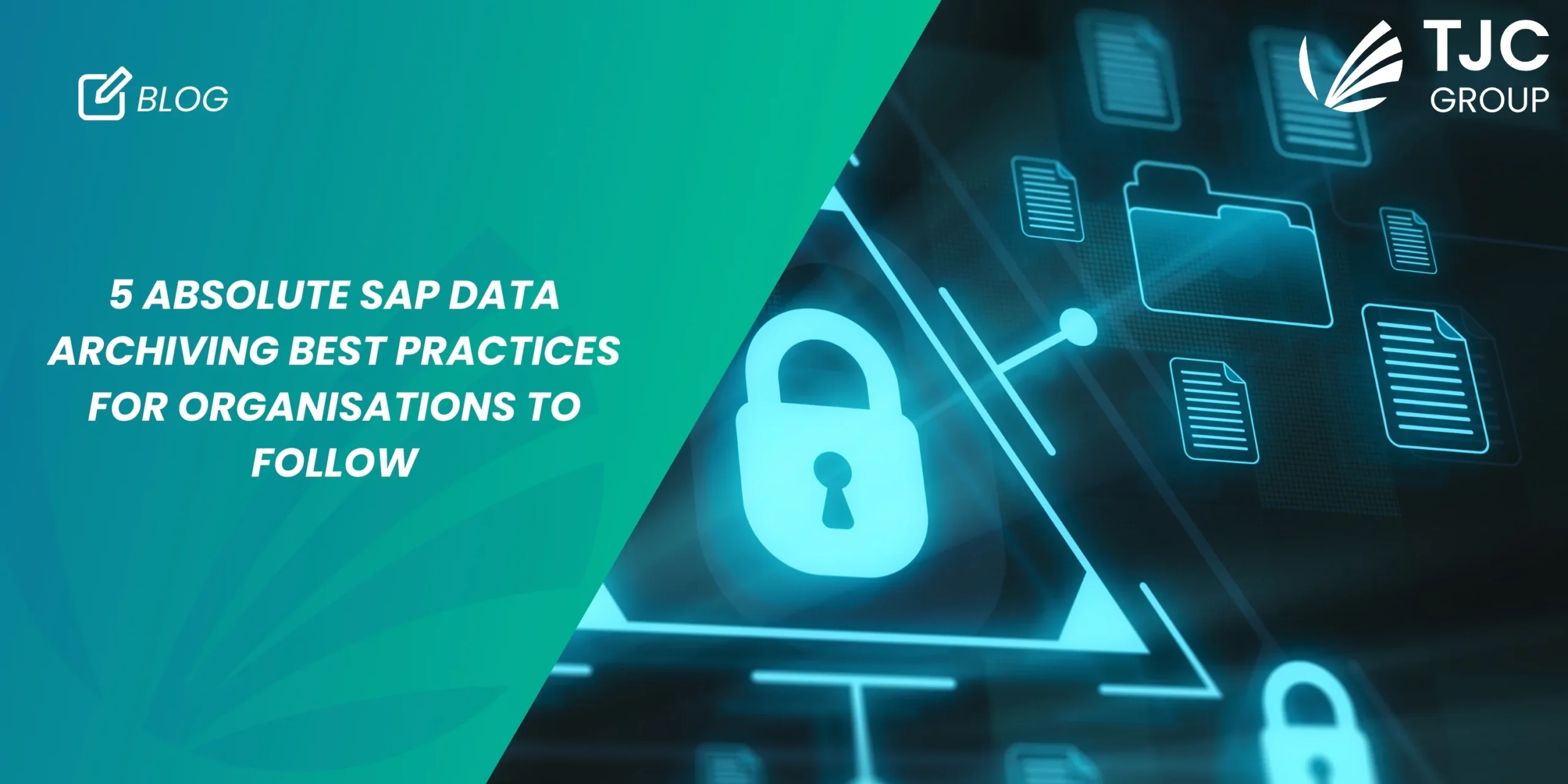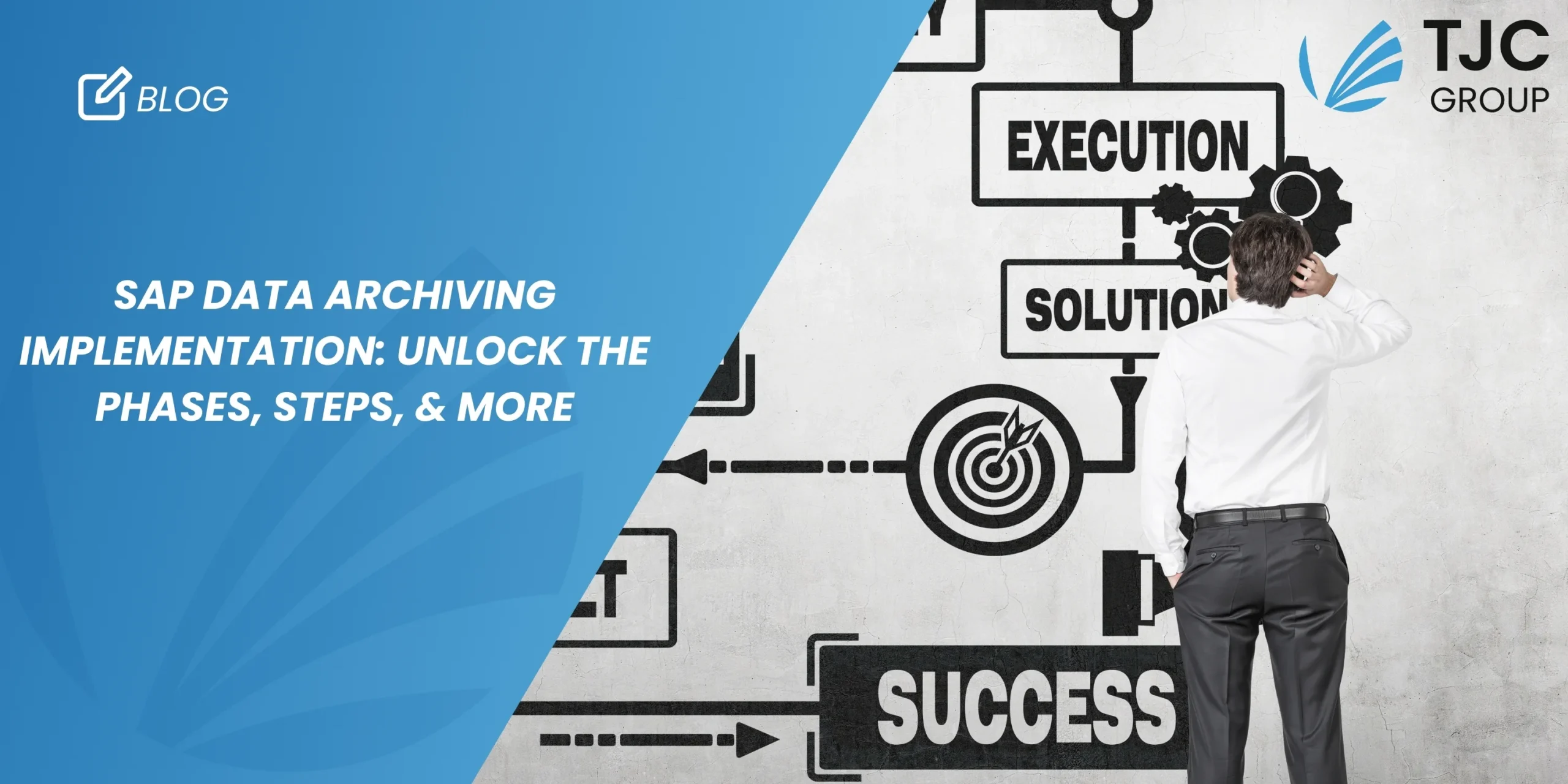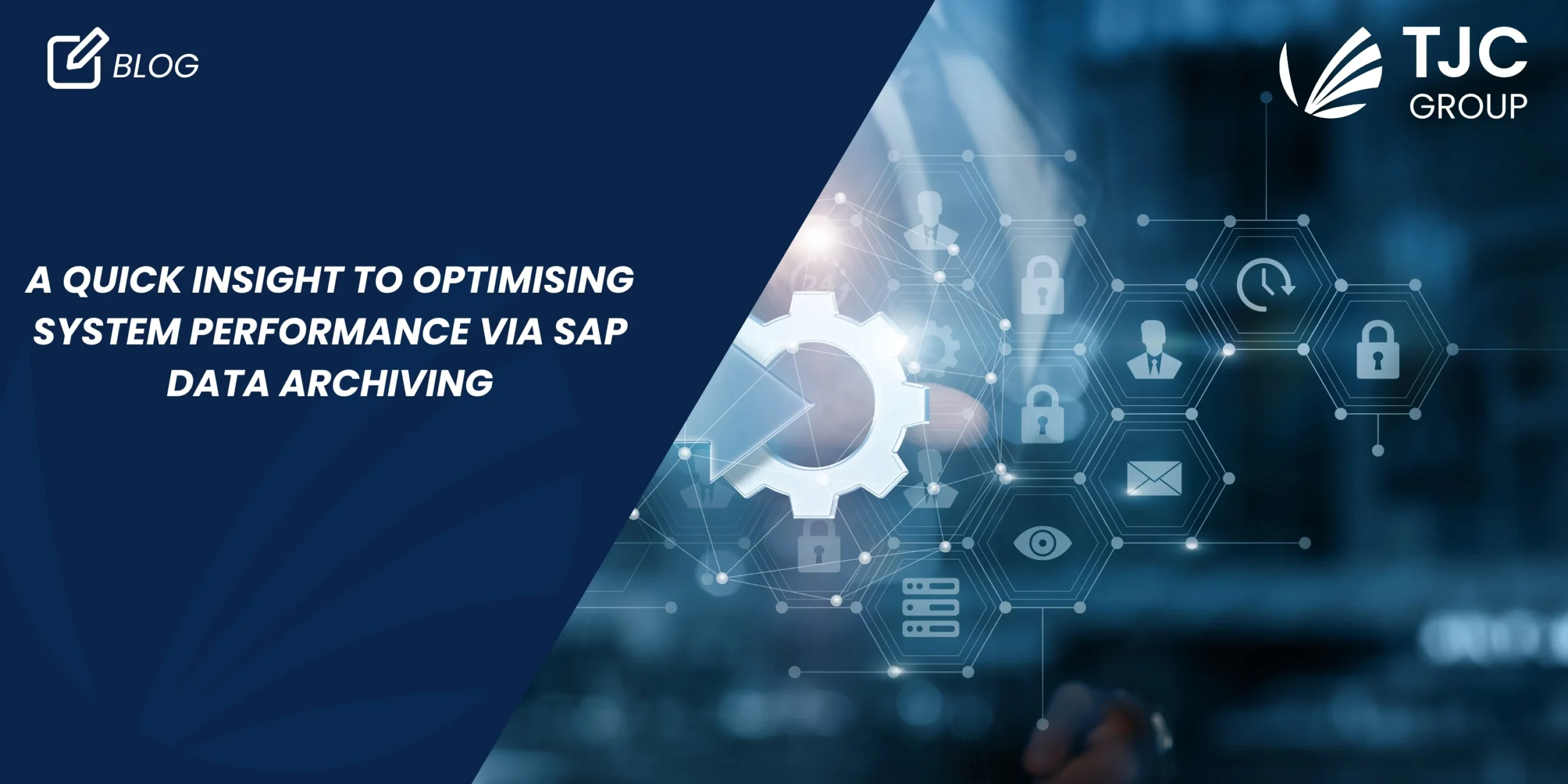
In the last few decades, businesses have had more access to massive amounts of data than ever. This data helps create a foundation for making crucial business decisions. However, to ensure that the business workforce has accurate information for decision-making, it is essential to manage this large data while investing in proper data management solutions. Here is an in-depth insight into why data management is important for a sustainable future and effective business operations.
Table of contents
An overview of data management
Simply put, data management is the process of collecting, organising, securing, and storing a company’s data that are later analysed and used for making essential business decisions. However, with the rate at which businesses create and consume data, a holistic approach to managing them has become the need of the hour.
While data is quintessential to how a business operates, it is important to make sense of that data while finding relevancy in the trends created by the diverse technologies and systems. Data is always at the centre of any business; however, if left on its own, it becomes impractical. Organisations need to have strategies, governance, and data management solutions that are both effective and sustainable – to benefit from all types of data for operational use across supply chains, employee networks, partner and customer ecosystems, and many more.
Today, many data management solutions are available for companies, which helps ensure that reliable and updated data is always used to drive decisions. The software solutions help prepare data and catalogue, allowing users to find information, search, and govern quickly.
Importance of data management in businesses
According to reports by Statista, in 2020, the amount of data created, captured, copied, and consumed across the globe, was approximately 64.2 zettabytes. It is estimated that over the next few years till 2025, the global data creation will grow by more than 180 zettabytes. The most logical explanation for the sudden increase in data is said to be the COVID-19 pandemic because everything was being operated from home – students taking classes online, officegoers working from home, or using home entertainment options more often. On par with the growing data volume, the storage capacity is also forecasted to increase at a compound annual growth rate of 19.2% by 2025. However, increasing storage capacity requires strategic management, making data volume management a priority.

Components of data volume management
Data management systems are built on platforms that include an array of components and processes working together, to enable value extraction from your data. They can be data warehouses, database management systems, data analytics, integration tools, and more.
Database management systems (DBMS)
A database management system, or DBMS, is a type of software system designed to manage and organise data in a more structured manner. DBMS allows users to create and modify a database while allowing them to manage the security and control access for that particular database. There are several types of database management systems; however, the most common ones are –
- Relational database management systems (RDBMS)
- Object-oriented database management systems (OODBMS)
- In-memory databases
- Columnar databases
- NoSQL
- Graph DB
Keep in mind that, these types of DBMS serve various purposes and are chosen based on factors like the nature of data, scalability requirements, performance needs, and the specific use case of the application.
Data warehouses and lakes
Data warehouses: It is a central repository of the accumulated data from several different sources for reporting and analysis purposes.
Data lake: The term “lake” may sound out-of-context to you, but as a matter of fact, data lakes are a vast pool of data that is stored in its raw or natural format. Typically, data lakes are stored in big data, which includes structured, unstructured, and semi-structured data.
Data management techniques to be aware of
Data management plays numerous roles in an organisation’s data environment, making essential functions easier and less time-consuming. Data management techniques encompass a wide range of practices and methodologies aimed at efficiently and securely handling data throughout its lifecycle. Some common data management techniques include –
Master data management (MDM)
Master data management or MDM is the process of creating a single trusted master reference for all the pivotal business data, like product data, customer data, asset data, finance data, and many more. With the help of master data management, businesses can ensure that multiple and inconsistent versions of data in processes, operations, analytics, and reporting are not being used.
Data Governance
An important data management technique, data governance is the anthology of rules and responsibilities that ensures data availability, quality, compliance, and security across the organisation. It establishes the infrastructure while naming the individuals, or positions, within the organisation having both authority and responsibility to handle and safeguard specific kinds of data. That said, data governance is a key part of compliance, where the systems take care of the mechanics of storage and security. It ensures that the data is accurate and protected appropriately before inputting the data into the system when it is being used as well as during its retrieval from the system.
Data security
With hackers, viruses, cyberattacks, and data breaches – data security has become a great concern for businesses. Data security for data management is a part of data governance, where governance ensures that the systems are accurately set up and administered to protect the data. In addition, it also makes sure that there are procedures in place for protecting data that are outside of the system and database.
Data integration
With data integration, data can be ingested, transferred, combined, and provisioned when needed. It takes place within the enterprise and beyond – across partners, third-party data sources, use cases, etc – so that the data consumption requirements of all the applications and business processes are met. Data integration techniques include bulk/batch data movement, change data capture, extract, transform, load (ETL), data virtualisation, data replication, and data orchestration, to name a few.
These are just a few examples of data management techniques, and organisations may employ a combination of these techniques tailored to their specific data management needs and objectives.
How can TJC Group help businesses in SAP data management?
One of our key solutions, data archiving, is a significant way of managing and controlling data that helps improve business efficiency.
Data archiving
Data archiving is a strategic approach for managing data growth, optimising system performance, and ensuring efficient use of database resources within SAP environments. It helps organisations strike a balance between retaining important historical data and maintaining a lean and high-performing IT infrastructure. It is moved to a long-term storage system and can be merged back into the main system when deemed necessary. In SAP world, the Archive Development Kit (ADK)* is the technology used for data archiving altogether with the Archive Administration (transaction SARA).
Additionally, data archiving is a secure process, enabling the long-term retention and storage of data. As a matter of fact, it provides secured locations for storing mission-critical information that is to be used when deemed necessary. Once the data is archived in the management system, the information stays accessible while ensuring that its integrity is protected.

Importance of data archiving
Improved system performance
Removing historical or not-so-frequently accessed data from the live database optimises overall system performance. It can lead to faster response times for transactions, reports, and queries while enhancing user productivity and satisfaction.
Reduced database size and storage costs
Archiving inactive data helps free up storage space in the live database, thereby reducing database size and associated storage costs. As a matter of fact, it results in overall cost savings for organisations, particularly those operating in environments with expensive storage solutions.
Compliance with data retention policies
SAP data archiving enables organisations to implement and enforce data retention policies effectively. By defining retention periods and archiving criteria, organisations can ensure compliance with legal, regulatory, and business requirements for data retention and disposal.
Simplified data management
Archiving also helps streamline data management processes by de-cluttering the live database, making it easier for administrators to maintain and administer the DB. Additionally, it assists in performing backups and carrying out routine maintenance tasks.
Improved disaster recovery and business continuity
With reduced database size and optimised performance, SAP data archiving contributes to seamless disaster recovery and enhanced business continuity capabilities. Organisations can back up and restore data and minimise downtime and data loss in the event of system failures more effectively.
Benefits of data archiving
- Reduce overall storage cost and the total cost of ownership of SAP systems
- Ensuring the production system uses fewer resources
- Increase the performance of the SAP system
- Easier and shorter backup times
- Shorter migration times when moving to cloud storage, for instance, or when migrating to the SAP S/4HANA version.
- Drive sustainability by reducing data storage needs Improved ability to meet compliance requirements
The final word
As one of the leading organisations offering SAP data management, TJC Group provides solutions that –
- Improves business process efficiency by automating manual data archiving tasks.
- Significantly reduce time and effort in a HANA migration project
- Automate, optimise and improve data archiving reliability
- Reduce the volume and growth of your data
- Can also delete data when taking a step further.
Read the case study of Dunelm, a well-established brick-and-mortar brand in the UK, that has experienced the benefits of Data Archiving first-hand. https://www.tjc-group.com/resource/dunelm-sap-data-archiving-case-study/
TJC Group offers its very own software, the Archiving Sessions Cockpit (ASC) for data archiving. Using ASC, your organisation can perform automated archiving regularly and eliminate manual errors without impacting customer business processes. The ASC significantly reduces the database size thanks to automation. SAP Data Archiving with the ASC by TJC Group will achieve an average archiving ratio of at least 95%. Contact us for more information and stay tuned for our upcoming blogs.






